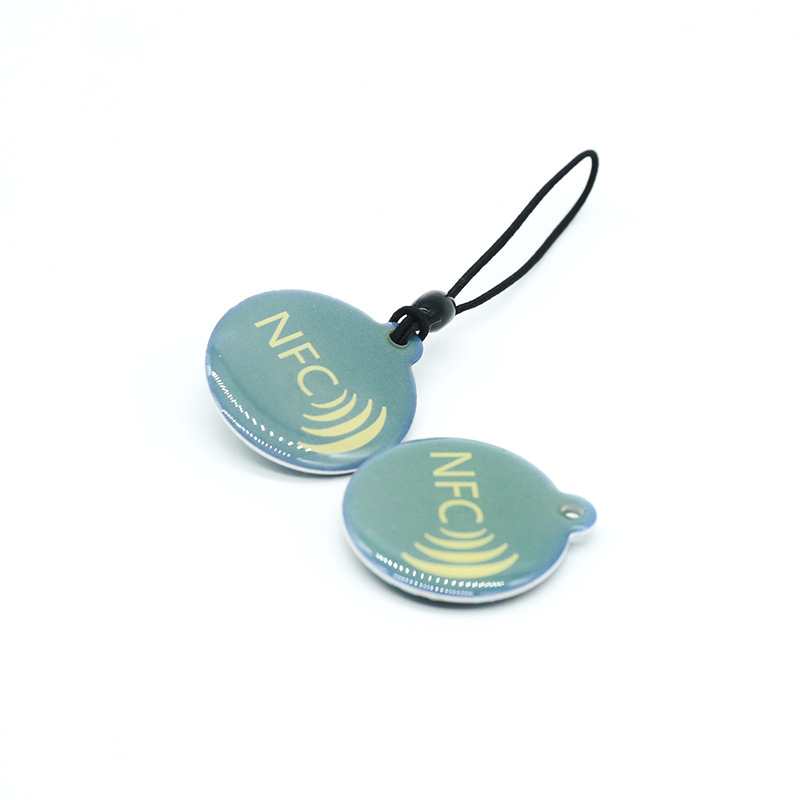RFID (Radio Frequency Identification) File Tracking and Document Management is a technology-based solution that provides efficient ways to manage, organize, track, and secure files and documents in an organization . RFID tags are attached to the files and documents, and then placed on the shelves. An RFID reader is installed near each shelf so that when a tag passes by it, it will pick up the data from the tag and report back to a server or database . This technology is especially useful for businesses that store hard-copy documents, which are required to be kept for a certain length of time . RFID file tracking is more successful than other tracking methods such as barcodes and handwritten notations because RFID tags have a much longer read range relative to tags in other operating frequencies . UHF RFID is the most recommended type of RFID for file tracking because of its longer read range and ability to read thousands of tags per second .
What are the benefits of RFID file tracking?
RFID file tracking has several benefits, including:
- Quick Accessibility: RFID file tracking shortens search time and eliminates the need to log file movements manually. Employees can quickly and easily locate desired files and documents using a handheld RFID reader, significantly reducing search times and increasing overall accessibility .
- Improved Accuracy: Traditional file tracking methods, such as manual logs or barcode scanning, are prone to human errors. On the other hand, RFID file tracking provides a highly reliable and error-free method of file identification. This minimizes the chances of files being lost or misplaced. The file tracking system provides visibility and accountability, making it easier to track files and identify any discrepancies or unauthorized movement .
- Efficiency and Productivity: With RFID file tracking systems, file retrieval, and inventory management become faster and more efficient. Employees can quickly locate and retrieve files, increasing productivity and reducing downtime. RFID file management also promotes a more efficient workflow by reducing bottlenecks and delays in file retrieval, leading to improved collaboration and decision-making processes .
- Automated File Tracking: RFID technology enables real-time tracking of files, allowing organizations to know the precise location of each file at any given time. RFID file tracking software automatically records file movement, enabling organizations to generate accurate audit trails and demonstrate compliance with record-keeping regulations .
- Enhanced Security: RFID label tags can be programmed with specific access permissions, sending an alert if unauthorized individuals try to access restricted files. This helps maintain data security and confidentiality, especially for sensitive or confidential documents. And with real-time tracking from the RFID software, you can locate missing files and view who has accessed which files .
What Type of RFID is Recommended for File Tracking?
The most successful RFID file tracking applications utilize UHF RFID tag. The reason that UHF RFID tag is more successful than High Frequency (HF) and Low Frequency (LF) is that UHF tags have a much longer read range relative to tags in these other operating frequencies . In addition, UHF RFID readers can read thousands of tags per second, while HF and LF readers are much slower, reading about 1-2 tags per second . When locating a specific file in a room or large area, UHF’s longer read range can be key to a successful application .

How do I install an RFID file tracking system in my office?
Installing an RFID file tracking system in your office requires the following steps:
- Assess your needs: Determine the number of files and documents you need to track, the size of your office, and the number of employees who will use the system. This will help you determine the type of RFID system that is best suited for your needs .
- Choose the right RFID tags: Select the appropriate RFID tags for your files and documents. UHF RFID tags are the most recommended type of RFID for file tracking because of their longer read range and ability to read thousands of tags per second .
- Install RFID readers: Install RFID readers near each shelf where files and documents are stored. The readers will pick up data from the RFID tags and report back to a server or database .
- Install RFID software: Install RFID file tracking software on your server or database. The software will record file movement and generate accurate audit trails, enabling you to demonstrate compliance with record-keeping regulations .
- Train your employees: Train your employees on how to use the RFID file tracking system. This will ensure that they can quickly and easily locate desired files and documents using a handheld RFID reader, significantly reducing search times and increasing overall accessibility .
- Test the system: Test the RFID file tracking system to ensure that it is working correctly. This will help you identify any issues and make necessary adjustments .
What is the cost of installing an RFID file tracking system?
The cost of installing an RFID file tracking system can vary depending on the size of your office, the number of files and documents you need to track, and the type of RFID system you choose. the cost of setting up an RFID file tracking system ranges from a few thousand dollars for a simple system with a few thousand RFID label tags to over $20,000 for a more complex RFID management solution .
The cost of RFID file tracking systems can be broken down into several components, including equipment costs, RFID reader costs, cabling and antenna costs, and software costs . If you choose a passive RFID system, you’ll need to consider the RFID reader cost, in addition to the costs of cabling and antennas. For example, an Impinj UHF RFID reader could run around $1,500, and when additional reader and cabling costs are considered, your passive RFID system could total $3,000 per reader in a manufacturing setting . To get the location granularity you require, you’ll likely need a dense network of these readers, so be sure to budget accordingly . Keep in mind that you also typically have to run power over Ethernet (POE) to passive RFID devices, which can add to your equipment costs .
Active RFID systems, on the other hand, use battery-powered tags that beacon or connect to various access point readers throughout an area (like a building) and transfer data to the server or cloud. Active RFID tags are more expensive ($10+) but have the advantage of using a much less costly infrastructure of readers . Thus, the real tradeoffs between these two types of technology are 1) the shifting of costs from tags to infrastructure, and 2) trading complexity and accuracy for lower total system costs .
How accurate is file tracking with RFID?
The accuracy of RFID file tracking depends on the type of RFID system used. there are two types of accuracy to consider when it comes to RFID tracking: read accuracy and location accuracy . Read accuracy refers to the number of tags that can be read out of a total number of tagged items. If you push 100 tagged items through a portal and read 99 of them, your read accuracy is 99 percent . Location accuracy refers to how accurately you can pinpoint the location of a tagged item. A passive high-frequency (HF) RFID system can tell you that a tag is within about 3 feet of a reader, while a passive ultrahigh-frequency (UHF) system can tell you that a tagged item is within 20 to 25 feet of the reader antenna, and perhaps no more than 10 feet to the left or right of that antenna . Active RFID real-time location systems (RTLS) can triangulate on a tag and tell you its location to within 10 feet, while active ultra-wideband (UWB) systems can tell you the location of a tagged asset to within a few centimeters
Components of RFID System for File Management
RFID technology can be used for managing files and archives by assigning each item a unique RFID tag. This allows for easy tracking and locating of specific items, as well as automating the check-in and check-out process .
The following are the components of an RFID system for file management:
- RFID Tags: These are attached to each file or document. They contain unique identification and potentially additional information such as the contents of the file or its location. You can choose from different tag types, including:
- Low Frequency: These use a 125 kHz frequency and have a shorter read range, making them suitable for tracking within a limited area such as a room or filing cabinet.
- High Frequency: These use a 13.56 MHz frequency and have a longer read range, making them suitable for tracking over a larger area such as a warehouse or office building .
- RFID Readers: These are installed near each shelf where files and documents are stored. The readers will pick up data from the RFID tags and report back to a server or database .
- RFID Software: This is installed on your server or database. The software will record file movement and generate accurate audit trails, enabling you to demonstrate compliance with record-keeping regulations .












